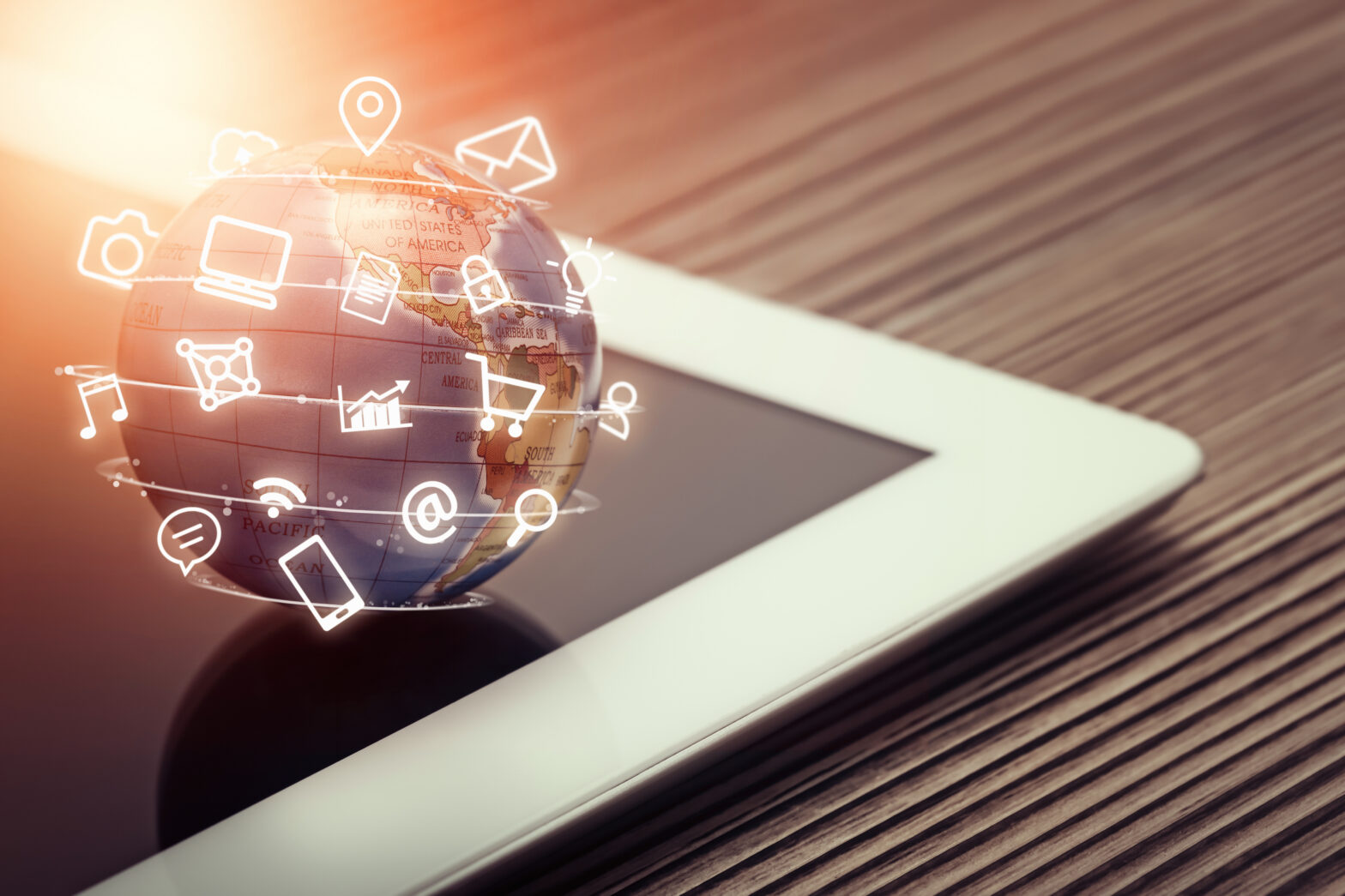Today, people are bound to the internet like never before. Everything from mobile phones, smart watches, fridges and even toasters are connected and the electronic devices individuals take with them and have in their homes are providing a digital picture of our daily lives, collating information on our movements, purchases, searches and actions.
Big data can be classified as an incredibly large amount of data that surpasses what we can collect, store and analyse using traditional computing methods.
The real potential for organisations is being able to analyse their customer’s behaviour, acting at the right time to provide their product when a customer needs it or realising when, where and how their product is being bought.
>See also: Big data projects planned in the boardroom for 2017
The challenges that organisations face when trying to collate and understand this incredible amount of data is the storage, management and analysis of data sets that are so big that they require specialist software like Hadoop and highly configured raw processing power to pull data together in a sensible amount of time.
The evidence of big data playing a part in our lives is already clear. It’s no coincidence when the advert for your favourite food pops up on a website you are visiting just as it hits the time when you usually have lunch.
If you’re lucky enough to own a high-tech fridge, some models will allow users to scan the barcodes of products as they load up the shelves. Once that product has been finished and disposed of, the fridge will automatically communicate with the customer’s preferred supermarket and re-order the product for them.
Imagine the size of the data packages sent from homes to supermarkets and online-retailers if everyone in the UK owned a smart fridge like this. You can start getting a picture about just how much ‘invisible’ data is transferred between consumers and organisations by thinking of how much information you hand over to your preferred brands.
Big data is helping technology to improve as well. By looking at the Fitbit, a smart watch which helps users manage their fitness, we can see the progress that wearable technology has made in a matter of years.
Electronic pedometers have been around for a long time, but now these watches are able to connect to the internet, transmit user’s fitness stories and analyse the raw data to create an overview of calories consumed and kilograms lost.
>See also: Big data vs. the Internet of Things: how the projects differ
The next step may even be something that connects in some way to the user’s body 100% of the time that doesn’t need to be removed to charge up.
Another incredibly advanced application for big data can be seen in casinos. Gambling has been around for a long time and is often seen as a sure fire money maker.
Gaming companies are constantly looking at new ways of getting new and existing players through the door and coming back for more by figuring out when they pay a visit, how they find out about the casino and what they do when they get there.
Slot machines are a staple casino game and the best physical and will feature modern, computerised machines that rely on software rather than mechanics such as those found on leading online casino 888casino.
The beauty of having a computerised game is the ability to connect to the internet, allowing casino bosses to see which machines are most popular.
The way players move around the casino is hugely important as well. The key strategy in a casino is to attract players to games by catching their eye and keeping them playing as long as possible.
>See also: 10 predictions for the Internet of Things and big data in 2017
The more they play, the more money the casino makes. If players are connected to the casinos free Wi-Fi for example, then intelligent analysis can provide a heat map, showing the busiest areas of the casino.
If there are cold spots, for example near an exit or where there aren’t any machines, then this could be the point where gamblers call it a day.
Putting a high performing machine or gaming table in these unpopular areas could make a huge difference in the number of customers staying for that one extra game.
Big data is changing the world rapidly and people will only see more offered to us as technology catches up. Just remember what sort of information trail you are leaving behind the next time you go for a run or play a game of poker.







